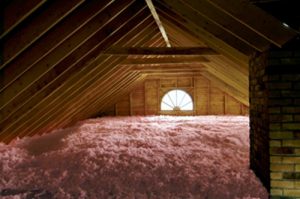When the weather warms up in Chicagoland, you may find some uninvited guests in your home or on your property.
One guest that people can find particularly threatening is yellow jackets and wasps. When they find these stinging pest on their property, they want them removed immediately. And with good reason! Nobody likes stinging insects and yellow jackets can be aggressive and their stings painful.
In this post, we’ll talk about yellow jackets, their identification, nesting habits and how to get rid of them.
If you are looking for immediate yellow jacket or wasp removal services in the Chicago area, please contact us online or call us (847) 464-1861.
Yellow Jacket Identification
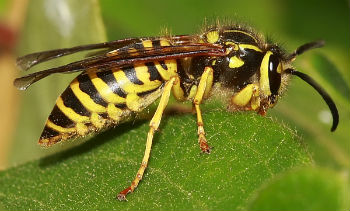
The Southern Yellowjacket wasp
Yellowjackets are sometimes referred to as “bees” but they are in fact a type of wasp.
Yellowjackets will have alternating yellow, (sometimes white) and black markings.
Yellowjackets have lance-like stingers with small barbs and are able to sting targets repeatedly, although the stinger may become lodged and pull free of the wasp’s body. Its sting is generally only dangerous to people with bee sting allergies.
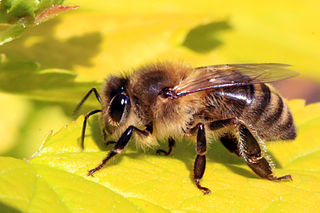
Honey bee – NOT a wasp
Yellowjackets are insect predators and are not pollen collectors.
Since they are not pollen collectors, yellowjackets are not covered with the distinctive tiny dense hairs on their bodies, or the flattened hairy hind legs that bees have to collect pollen.
Honey bees are a protected species in Illinois and many other states. They are not to be removed without a special nuisance permit and must be relocated to a safe area.
Related: The differences between bees and wasps
What Do Yellow Jackets Eat?
Yellow jackets feed their young insects, most commonly caterpillars, flies, and spiders. This makes up the bulk of their diet during most of the summer.
In late summer, yellow jackets will start searching for flower nectar and other sources of sugar, which they require as food sources for next years queens. This is the time of summer when you might start seeing them turn up at your picnics and outdoor cookouts. They can become a real nuisance this time of year.
Because Yellowjackets are insect hunters, they can actually do a great job of helping control other nuisance insects on your property. However, they can also be aggressive if they feel their nest is threatened, so a nest too close to your door or you kids play areas can be a potential danger.
Related: How to Identify the Pest, Nest, and Threat
How to find a yellowjacket nest
 Yellowjackets nests are most commonly built underground, but some species prefer to build nests in openings and spaces they find in homes, such as cracks in foundations or openings in vinyl siding or soffits. The European Paper Wasp is commonly confused with yellowjackets, but the Paper Wasp builds paper nests, commonly hanging in trees.
Yellowjackets nests are most commonly built underground, but some species prefer to build nests in openings and spaces they find in homes, such as cracks in foundations or openings in vinyl siding or soffits. The European Paper Wasp is commonly confused with yellowjackets, but the Paper Wasp builds paper nests, commonly hanging in trees.
Finding a yellowjacket nest is not always easy. It may be hundreds of feet away from where they are bothering you. It may be well hidden in the ground with only a small, hard-to-see entrance hole, or located deep inside a building without an obvious entrance.
The best way to find out where the yellowjacket nest is located is to follow their flight path. They almost always move along the same path as they enter and leave the nest. Usually, there is only one entrance or exit, so if you can follow the path back to the general area they all fly to, you should be able to find the entrance.
Take caution approaching it for the first time as you wouldn’t want to accidentally step into it. You also don’t want to appear like a threat and cause them to become aggressive.
Removing a yellow jacket nest
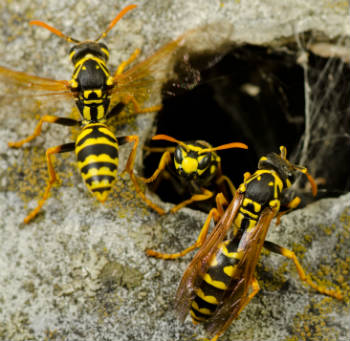 Most people choose to treat the nest with insecticide to kill the yellowjackets rather than removing the nest, which can be both dangerous and often very difficult.
Most people choose to treat the nest with insecticide to kill the yellowjackets rather than removing the nest, which can be both dangerous and often very difficult.
Some people end up deciding that going after the nest isn’t worth the trouble and leave it alone. Wasp colonies will die off every winter, so if it’s not in an inconvenient location, you can leave it alone and they won’t return in the spring.
Related: How to prevent bee and wasp nests
If you are going to try and attack and treat the yellowjacket nest, it is always best to do this in the evening after sunset. This is when most of the yellowjacket workers will be back in the nest for the evening. If you treat it during the day, a majority of the Yellowjackets may not be there.
Depending on where the nest is found, it might be a better option to hire a professional to treat it. If it is hard to get to, you could be putting yourself in a dangerous position trying to get to it from a ladder or in an area overgrown with vegetation. You certainly don’t want to be up on a ladder when yellowjackets decide you’re a threat and begin attacking in large numbers.
If you plan on spraying a nest, make sure you have your escape route planned ahead of time! You want to spray the nest quickly and carefully and then leave immediately.
Wait until the next day to check on it again. Sometimes more than one treatment is needed.
If you are looking for professional yellow jacket or wasp removal services in the Chicago region, please contact us online or call us (847) 464-1861.
We deal with many types of animal removal in Chicago area including wasps and bees, as well as raccoons and bats, but also squirrels, birds and many more.
Image credit: Three Yellowjackets – Honeybee
Related Yellowjacket Resources
How to fight back against yellow jackets – Coloradoan
Yellowjackets – Wikipedia
Getting Rid of Wasp Nests – Michigan State University Extension
About Yellow Jackets and the Benefits of Wasps in the Garden – Mother Earth News
All About Yellow Jackets, Bees and Their Kin – Gardeners Supply




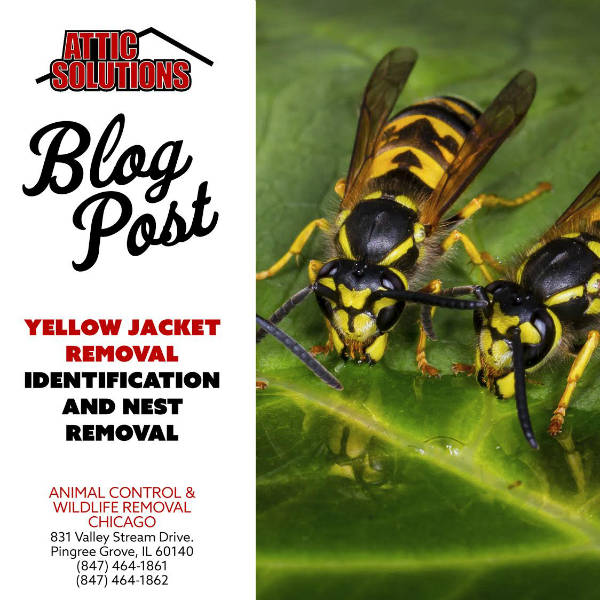
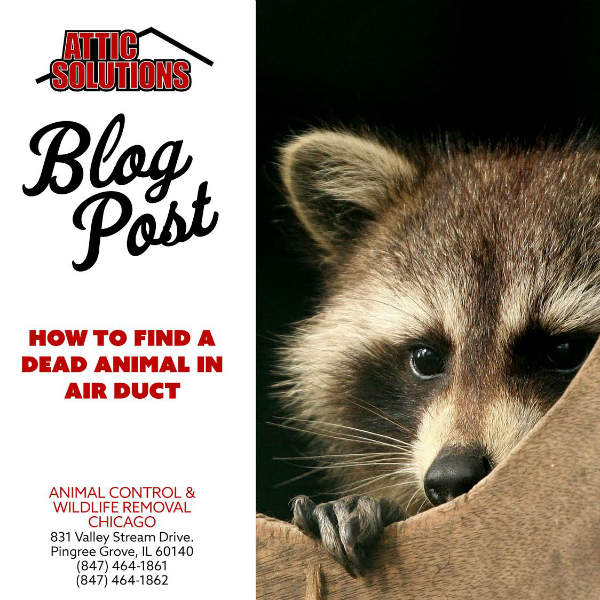
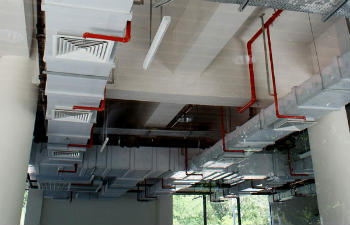 Animals dying in air ducts is rarer than most people would think. It’s not actually very common. We hear calls from people all the time because they think there is a dead animal in an air duct.
Animals dying in air ducts is rarer than most people would think. It’s not actually very common. We hear calls from people all the time because they think there is a dead animal in an air duct.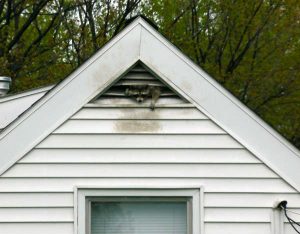 search for the room or areas where the dead animal smell is the strongest.
search for the room or areas where the dead animal smell is the strongest.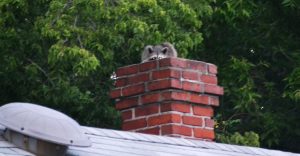 Use a flashlight to look inside the duct and see if you can find the dead animal. If the distance to the dead animal is beyond a turn in the air duct, you will need a tool such as a telescoping inspection camera to find it.
Use a flashlight to look inside the duct and see if you can find the dead animal. If the distance to the dead animal is beyond a turn in the air duct, you will need a tool such as a telescoping inspection camera to find it.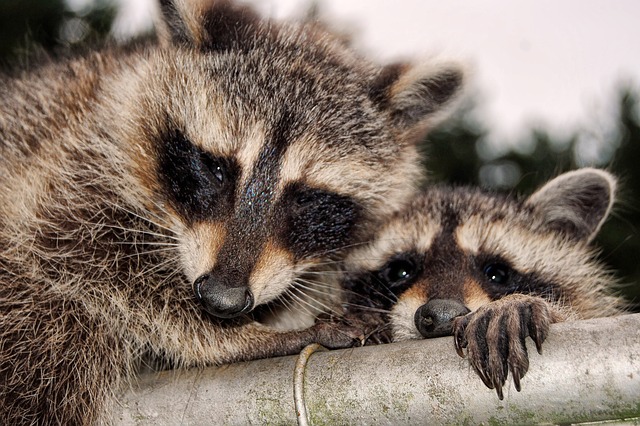
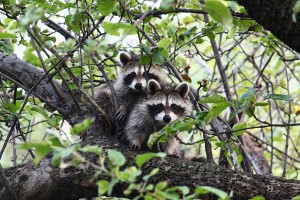 When you see baby robins alone in a bird’s nest, you don’t worry, because you know their mom will be back soon with food for them. They get left alone constantly while mom goes hunting. It’s really not very different with raccoons.
When you see baby robins alone in a bird’s nest, you don’t worry, because you know their mom will be back soon with food for them. They get left alone constantly while mom goes hunting. It’s really not very different with raccoons. No matter how cute they may be, baby raccoons are wild animals, and wild animals are best left alone for both their health and safety and yours too.
No matter how cute they may be, baby raccoons are wild animals, and wild animals are best left alone for both their health and safety and yours too.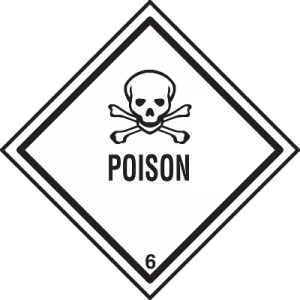 In this post, we will list the reasons why we would never recommend you use rat poison in your home and how it can create even bigger problems.
In this post, we will list the reasons why we would never recommend you use rat poison in your home and how it can create even bigger problems.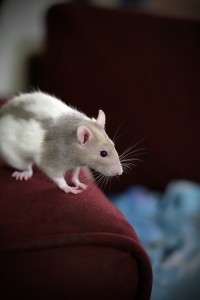 Another great reason not to use rat or mice poison is that these poisoned animals will now be at risk for dying in your home.
Another great reason not to use rat or mice poison is that these poisoned animals will now be at risk for dying in your home.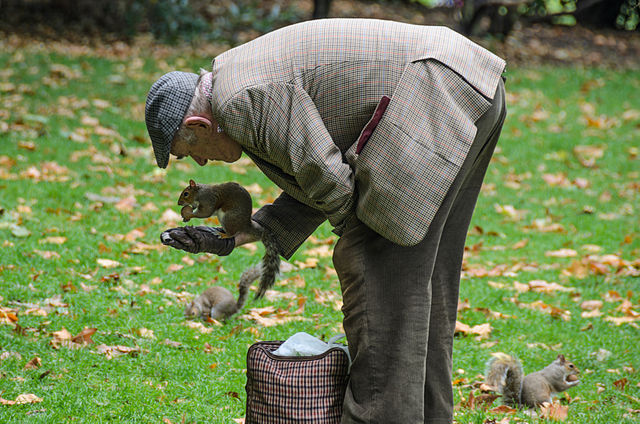
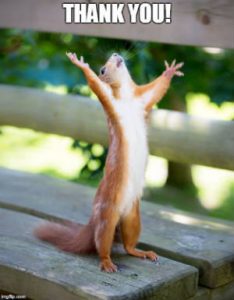 Squirrels are wild animals, and in the state of Illinois,
Squirrels are wild animals, and in the state of Illinois,  Squirrels can bite without warning – Domesticated animals like dogs have evolved to possess a “bite inhibition reflex”. They know that they’re not supposed to bite, that biting is “bad”. For a wild animal like a squirrel, if they get the thought to bite, they will. There is no counter-thought in their brain to say that “biting is bad”.
Squirrels can bite without warning – Domesticated animals like dogs have evolved to possess a “bite inhibition reflex”. They know that they’re not supposed to bite, that biting is “bad”. For a wild animal like a squirrel, if they get the thought to bite, they will. There is no counter-thought in their brain to say that “biting is bad”.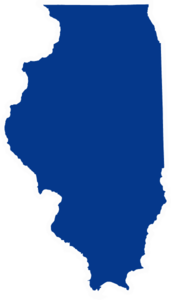 It is illegal to own a squirrel – If nothing else convinces you, it is illegal to keep a squirrel as a pet. You will be facing a $1500 fine from the state of Illinois, as well as potential fines from your county or city and if you don’t own your home, potential eviction from your landlord.
It is illegal to own a squirrel – If nothing else convinces you, it is illegal to keep a squirrel as a pet. You will be facing a $1500 fine from the state of Illinois, as well as potential fines from your county or city and if you don’t own your home, potential eviction from your landlord.
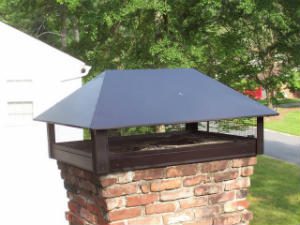 A chimney cap is the best way to prevent wildlife from moving into your chimney.
A chimney cap is the best way to prevent wildlife from moving into your chimney. 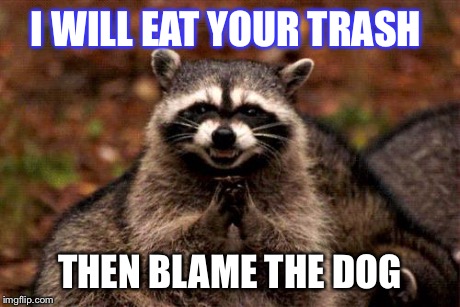
 The main reason that a raccoon will visit your home is in a search for food. If your property becomes identified as an easy source of food, raccoons will return again and again to get food.
The main reason that a raccoon will visit your home is in a search for food. If your property becomes identified as an easy source of food, raccoons will return again and again to get food.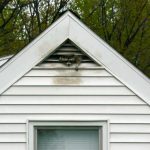 Make sure you’re not making raccoons lives easier for them by leaving places where they can enter your home. Check your roof and attic for any openings that may give a raccoon (or other animals) the space they need to get inside. Have a cap on your chimney to make sure they can’t get in through there.
Make sure you’re not making raccoons lives easier for them by leaving places where they can enter your home. Check your roof and attic for any openings that may give a raccoon (or other animals) the space they need to get inside. Have a cap on your chimney to make sure they can’t get in through there.
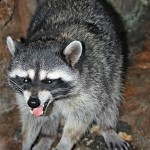 If you are hearing animal sounds in your attic at night, it is most commonly a raccoon because they are nocturnal animals and thus most active at night.
If you are hearing animal sounds in your attic at night, it is most commonly a raccoon because they are nocturnal animals and thus most active at night.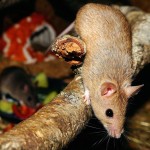 Being the smallest animal, mice will be much harder to hear. The saying “quiet as a mouse” exists for a reason. But it is possible you may hear them moving around at night. It might sound like a light scratching or chewing sound.
Being the smallest animal, mice will be much harder to hear. The saying “quiet as a mouse” exists for a reason. But it is possible you may hear them moving around at night. It might sound like a light scratching or chewing sound.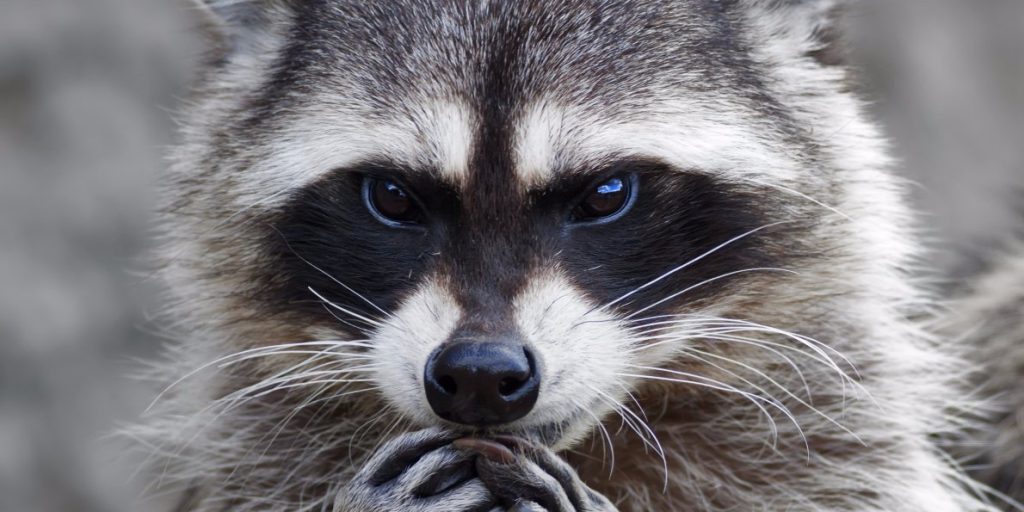
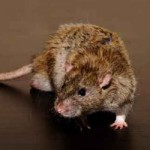 These small mammals may all be removed with no permit needed.
These small mammals may all be removed with no permit needed.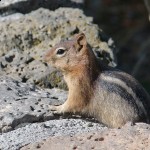 The eastern chipmunk and the thirteen-lined ground squirrels may be removed without a permit.
The eastern chipmunk and the thirteen-lined ground squirrels may be removed without a permit.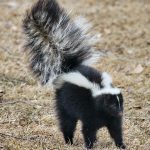
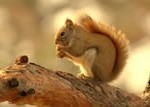 The Illinois Department of Natural Resources (IDNR) recommends hiring a professional wildlife removal service to capture and remove squirrels. If you want to remove a squirrel yourself, contact an IDNR District Wildlife Biologist to see if you qualify for a Nuisance Animal Removal Permit.
The Illinois Department of Natural Resources (IDNR) recommends hiring a professional wildlife removal service to capture and remove squirrels. If you want to remove a squirrel yourself, contact an IDNR District Wildlife Biologist to see if you qualify for a Nuisance Animal Removal Permit.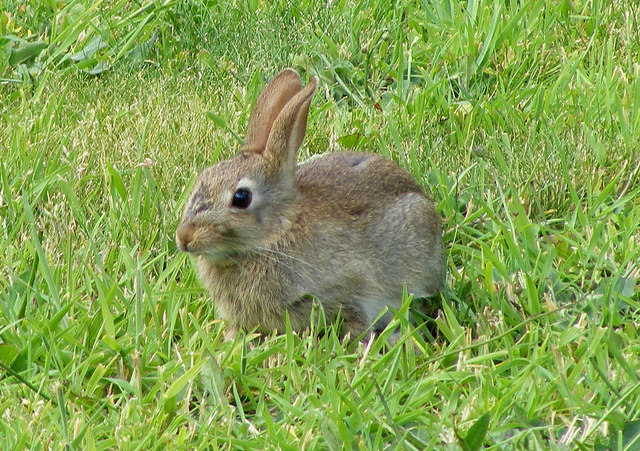 The Illinois Department of Natural Resources (IDNR) recommends hiring a professional wildlife removal service to capture and remove rabbits. If you want to remove a rabbit yourself, contact an IDNR District Wildlife Biologist to see if you qualify for a Nuisance Animal Removal Permit.
The Illinois Department of Natural Resources (IDNR) recommends hiring a professional wildlife removal service to capture and remove rabbits. If you want to remove a rabbit yourself, contact an IDNR District Wildlife Biologist to see if you qualify for a Nuisance Animal Removal Permit.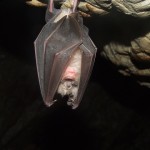 The (IDNR) recommends hiring a professional
The (IDNR) recommends hiring a professional  White-tailed deer are protected under the Illinois Wildlife Code as a game species. It is illegal to take live deer from the wild unless you have received a
White-tailed deer are protected under the Illinois Wildlife Code as a game species. It is illegal to take live deer from the wild unless you have received a 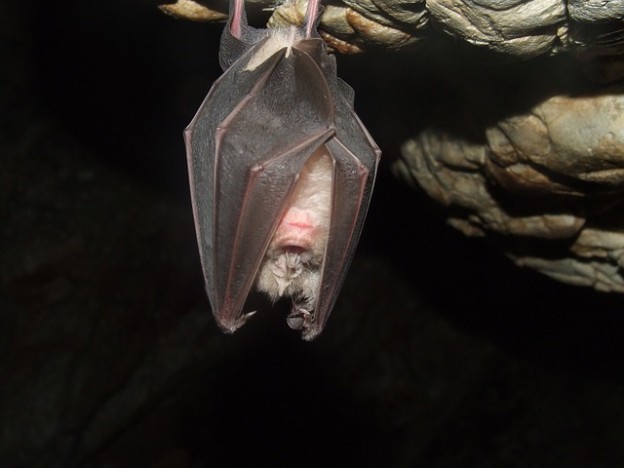
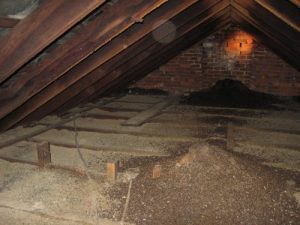
 Possible symptoms include fever, dry cough, chest pain, joint pain, red bumps on your lower legs. In severe cases, symptoms may include: excessive sweating, shortness of breath, coughing up blood.
Possible symptoms include fever, dry cough, chest pain, joint pain, red bumps on your lower legs. In severe cases, symptoms may include: excessive sweating, shortness of breath, coughing up blood.